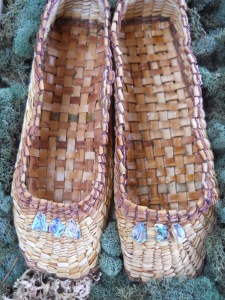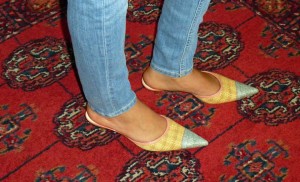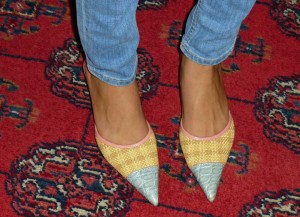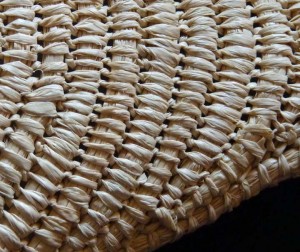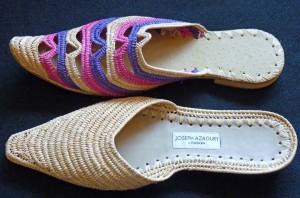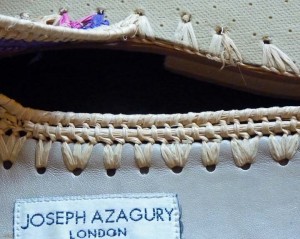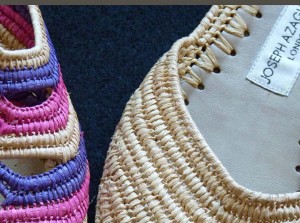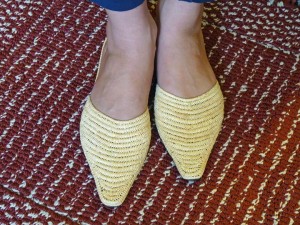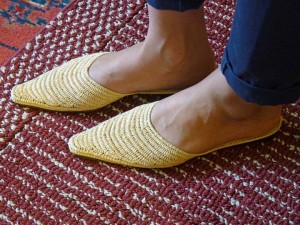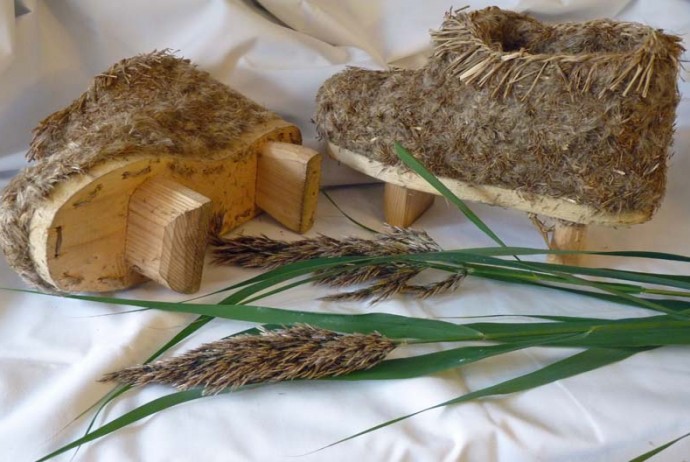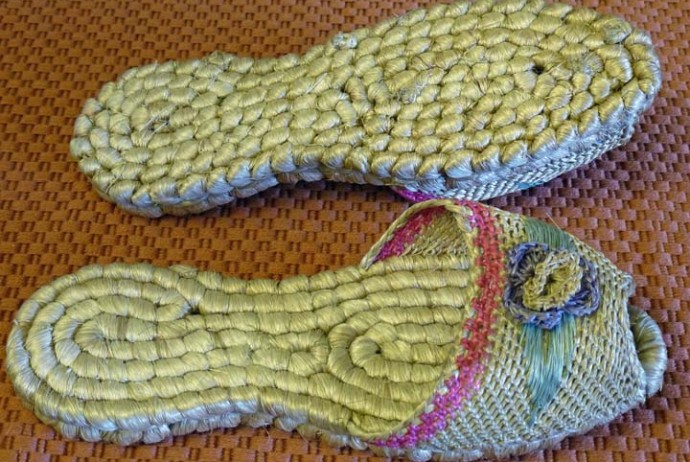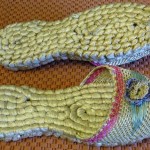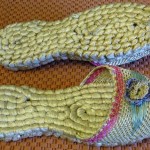As I mentioned in an earlier news post, I searched for woven sandals and shoes from the Ladakh Region of Northern India for about five years without luck. Then a chance conversation with my colleague Pierre Goloubinoff resulted in the first pair contributed to the SSP collection (Item I-4). Wait until I tell you this next story involving Pierre. The story begins on Sunday, July 28, 2013, when I received an email message from another friend, colleague and fellow world traveler, Phil Hooper. His longtime friend Cynthia Hunt, founder of The Help Fund and HEALTH Inc, had sent him some pictures from Ladakh and Phil had forwarded them to me. Phil recalled my interest in shoes from that region and Cynthia had lived and worked there for thirty years. Among the images were hand crafted shoes made from straw and woven yak wool locally dyed. Here are a few of the images (click on images to enlarge):


I immediately wrote back to Phil to say that I would love to have a pair of these shoes for the collection. Yes, he would ask Cynthia about this possibility. Here is where Pierre enters the story. I knew that Pierre and his daughter were in Ladakh again that summer in and around the city of Leh, and he was keeping a watchful eye for woven shoes and sandals. On Wednesday, July 31, Pierre sent me a brief message: “Dear Larry, I just found an hour ago in the market of Leh a couple of hand made straw shoes (bottom made of straw and the rest of yak wool) from a village in the Nubra valley, which is on the southernmost branch of the Silk Road….” Could it possibly be? I immediately sent Pierre the shoe image from Cynthia that Phil had sent me. I noted in the message that “It seems to be a magical time for me linking to this part of the world!” On Thursday morning, I opened my email page and there was Pierre’s reply: “This is it exactly! I will bring them to Sheffield. Hold your breath!” Here are images of the shoes that Pierre found for me in one of the most remote regions of our planet:





To give you an idea of the size of the shoes, here are some dimensions: For the sole, width across the heel is 7.3 cm, widest part, at the part where sole starts to turn up is 9.0 cm and the length is 37 cm. The inside width at the heel is 6.0 cm and the useable length inside the shoe is 20 cm.

Here is a little information about the Nubra Valley, where these shoes were made. Nubra is a high altitude desert, essentially Tibetan Plateau, with an average altitude of 10,000 ft (about 3,000 meters). Its capital of Diskit is about 150 km north of Leh, the capital of the Ladakh District, in the state of Jammu and Kashmir, India. Most inhabitants of the valley speak the Nubra dialect or Nubra Skat and they are mostly Buddhists. The land along the river beds is fertile and irrigated, producing a variety of grains, fruits and nuts. Other parts of the valley present a forbidding landscape. Interestingly, nomads and camaliers wore shoes turned up at the toes to ease walking in sand. Perhaps this functionality is a source for the design of these remarkable shoes.
Another coincidence emerged as I prepared this news post, again involving Pierre. During his visit along with his two daughters to Leh during the summer of 2013, he happened to walk into a Nepali cafe in the city, only to find a colleague from the cell stress and chaperones research field. It was Wilbert Boelens from the Netherlands. Wilbert visited the Nubra Valley during his touring in the Ladakh region and he took some remarkable photos. I am very happy to present some of these images below with Wilbert’s permission:

Sand dunes on the floor of the Nubra Valley

Bactrian camels resting

Diskit Monastery

Statue of a giant Buddha on the valley floor


